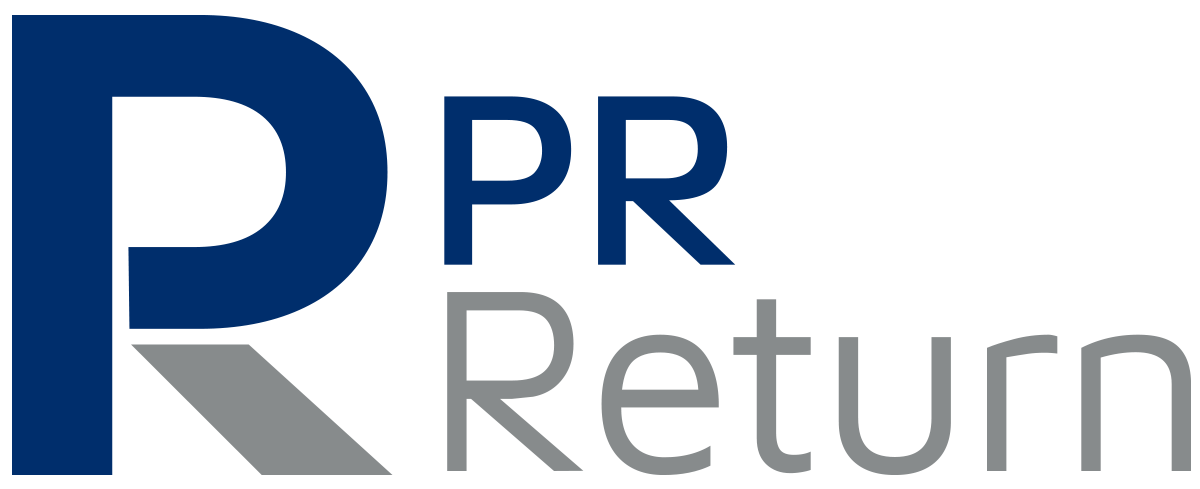Measuring effectiveness of public relations campaigns can be challenging. Many variables go into creating successful PR efforts, but success often starts with establishing benchmarks to gauge progress.
PR measurement can fuel improvements in media coverage and communications, track the distribution and use of marketing resources, and assign earned media value to placements. More specifically, assessing PR activity enables companies to effectively examine successes and failures for ongoing improvement – crucial building blocks for any marketing or communications effort. With a better understanding of what is and is not working, organizations can build stronger and more effective long-term strategies.
Organizations that invest in PR should establish success metrics and then track performance against those benchmarks. Since most of these organizations seek positive and impactful media coverage from their investments, tracking the success of media relations campaigns can be a logical place to start measuring success.
5 Key Metrics to Explore
Honing in on the right media relations metrics in this increasingly data-driven world can be tricky. As data-driven methods with greater relevance to business results have become more favorable, there's been a considerable shift in the ways businesses quantify the effectiveness of media relations.
The ability to assess the true impact of media relations efforts on audience awareness, understanding or attitudes is important to determine the right metrics that provide actionable insights into the campaign and help businesses grow.
Consider the following five metrics for measuring media relations success:
1. Social media mentions
Monitoring social media mentions allows you to measure how often and how many users could have seen and interacted with your PR materials on social media. Focusing on conversations around your brand through social media mentions can help gauge how well your content connects with the audiences that matter to your business. Tracking the basics like company name, social media handles and website URLs provide a good foundation for understanding how your audience engages with your brand on different social channels.
Most media monitoring tools like Mention can collect data from social media platforms like Facebook, Instagram, Twitter and LinkedIn.
2. Reach
Reach – or the total viewership for publications and websites in which your coverage is featured – remains an effective component of measuring media relations effectiveness. The higher the reach, the larger your potential audience.
Reach can be customized by deciding on the right metrics for your organization and then finding a tool that will provide the data you need. When measuring reach of media relations efforts, many organizations like to analyze the number of views, monthly visits, unique visitors or some other take on one of these. It could also include some logical estimate of what percentage of monthly visitors would be likely to read a story featuring your business. One helpful tool, SimilarWeb, provides online traffic data that delivers an unbiased, objective view of real-world web performance, tracking reach through growth and total visits to publications’ websites over time.
Securing a well-placed earned media mention by targeting publications with quality web traffic and engagement can help enhance brand reach and awareness.
3. Engagement
Engagement relates to the ways in which users connect with and act on your PR materials online. Engagement measurements can examine the number of click-throughs, shares, document downloads and comments related to a piece of content tied to your business. Measuring engagement allows organizations to assess both audience targeting and content value, while also offering a chance to build interaction around your business.
4. Message favorability
Gauging and managing the sentiment toward your PR message goes a long way in positioning your business for success and understanding how well that message is received among your target audiences. Analyzing the language used to write about your business or while discussing a particular topic tied to your brand – typically focusing on positive, negative, or neutral messages – can help indicate audience sentiment and inform areas to implement changes to your media relations campaigns.
5. Share of voice
Used to determine how your coverage compares to that of your competitors, share of voice can provide insight into how much media coverage your company receives relative to its competition and how this changes over time – a useful metric in making sure your company stays ahead of the curve.
Share of voice can also help in planning or adjusting outreach if you see others earning media coverage in areas or topics on which you have neglected to focus. Analyzing competitor coverage can also provide direction for new media outlets and reporters to target.
Determining the right media relations metrics to help guide PR strategies can help earn your organization more (quality) coverage, credibility and even customers. Organizations need to create a model for media relations measurement they and their agency or PR team agree on and then apply that model to gauge success. With the proper metrics in place, companies can effectively evaluate results and uncover areas for improvement to better understand and deliver on the value of media relations.
Want help getting started measuring your media relations efforts? Contact us today.

